
The Untamed Wilderness of Tambopata National Reserve
Discover the unparalleled biodiversity and cultural richness of Tambopata National Reserve, a pristine Amazonian paradise in Peru's heartland.
Tambopata National Reserve in Peru is a pristine haven for nature enthusiasts and adventurers alike. Nestled in the Amazon Basin, it offers a rich tapestry of biodiversity that is unmatched. The reserve spans over 1.5 million hectares, making it one of the largest protected areas in the world. Visitors can expect to encounter an array of wildlife, from colorful macaws and playful monkeys to elusive jaguars and caimans. Exploring Tambopata is a journey into the heart of the Amazon. Guided tours take you through dense rainforests, along winding rivers, and into the depths of jungle canopies. The area is renowned for its birdwatching opportunities, with over 600 bird species recorded. Additionally, the reserve is home to a variety of eco-lodges that offer comfortable accommodations while minimizing environmental impact. Apart from its natural wonders, Tambopata also offers cultural experiences. Indigenous communities live within the reserve and offer a glimpse into their traditional way of life. Tourists can visit these communities to learn about their customs, crafts, and sustainable living practices. Whether you're trekking through the jungle, paddling along riverbanks, or immersing yourself in local culture, Tambopata National Reserve promises an unforgettable adventure.
Local tips in Tambopata National Reserve
- Pack lightweight, long-sleeved clothing to protect against insects and the sun.
- Bring waterproof gear, as rain showers can be sudden and heavy.
- Travel with a reputable guide to ensure safety and gain insightful knowledge about the flora and fauna.
- Early mornings and late afternoons are the best times for wildlife spotting.
- Ensure you have all necessary vaccinations and medications before your trip.
The Untamed Wilderness of Tambopata National Reserve
Tambopata National Reserve in Peru is a pristine haven for nature enthusiasts and adventurers alike. Nestled in the Amazon Basin, it offers a rich tapestry of biodiversity that is unmatched. The reserve spans over 1.5 million hectares, making it one of the largest protected areas in the world. Visitors can expect to encounter an array of wildlife, from colorful macaws and playful monkeys to elusive jaguars and caimans. Exploring Tambopata is a journey into the heart of the Amazon. Guided tours take you through dense rainforests, along winding rivers, and into the depths of jungle canopies. The area is renowned for its birdwatching opportunities, with over 600 bird species recorded. Additionally, the reserve is home to a variety of eco-lodges that offer comfortable accommodations while minimizing environmental impact. Apart from its natural wonders, Tambopata also offers cultural experiences. Indigenous communities live within the reserve and offer a glimpse into their traditional way of life. Tourists can visit these communities to learn about their customs, crafts, and sustainable living practices. Whether you're trekking through the jungle, paddling along riverbanks, or immersing yourself in local culture, Tambopata National Reserve promises an unforgettable adventure.
When is the best time to go to Tambopata National Reserve?
Iconic landmarks you can’t miss
Reserva Nacional Tambopata
Discover the unparalleled biodiversity and stunning landscapes of Reserva Nacional Tambopata, a must-visit national park in the Peruvian Amazon.
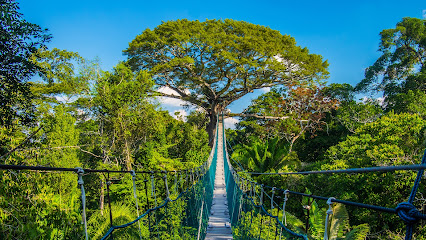
La Base Tambopata
Explore the pristine Amazon rainforest at La Base Tambopata, an eco-friendly tourist attraction in Puerto Maldonado rich in biodiversity and adventure.
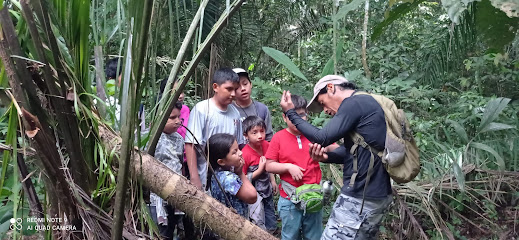
Unmissable attractions to see
Puerto Maldonado Main Square
Explore the vibrant Plaza Armas in Puerto Maldonado – a cultural haven amidst nature's beauty, perfect for unwinding and experiencing local life.
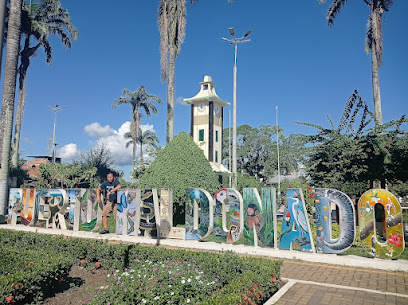
Albergue Zoologico El Jaguar
Explore the Amazon's rich biodiversity at Albergue Zoologico El Jaguar, a vibrant zoo in Puerto Maldonado showcasing unique wildlife and conservation efforts.
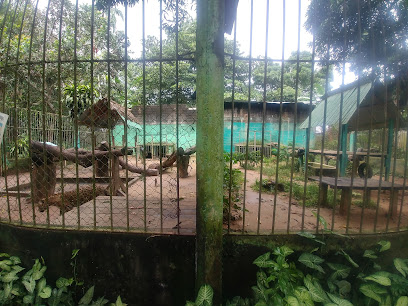
Refugio Amazonas
Discover the wonders of the Amazon rainforest at Refugio Amazonas, a unique lodge offering adventure, comfort, and wildlife experiences in the heart of Peru.

Los Camineros Park
Discover tranquility at Los Camineros Park, a beautiful green space in Puerto Maldonado perfect for relaxation and wildlife observation.
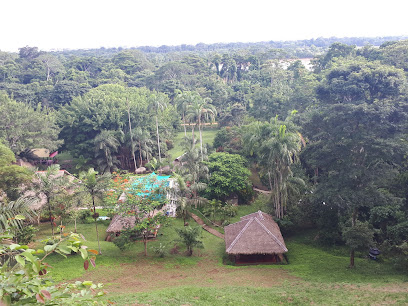
Ecoturistico Tambopata Corridor Kiajabake Bame
Immerse yourself in the ecological beauty of the Amazon at the Ecoturistico Tambopata Corridor Kiajabake Bame, where nature and adventure meet.

Tambopata Research Center
Discover the magic of the Amazon at Tambopata Research Center, where adventure and wildlife await in a stunning eco-lodge setting.
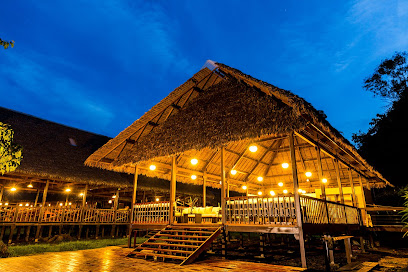
Reserva Ecologica Taricaya
Explore the stunning biodiversity and immersive eco-adventures at Reserva Ecologica Taricaya, a premier destination in the Peruvian Amazon.
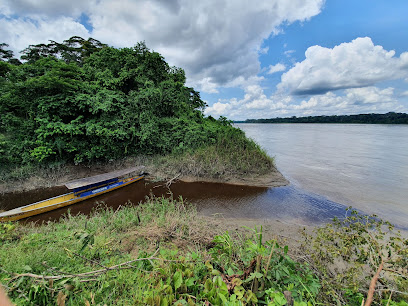
Parque de la Juventud
Explore the serene beauty of Parque de la Juventud, a peaceful park in Puerto Maldonado, perfect for nature lovers and families seeking relaxation.

Wasaí Tambopata Lodge
Experience the Amazon like never before at Wasaí Tambopata Lodge, the gateway to adventure and wildlife in the Tambopata National Reserve.

Malecon de la Marina de Guerra del Perú
Explore the enchanting Malecon de la Marina de Guerra del Perú, a serene park in Puerto Maldonado, where nature meets vibrant local culture.
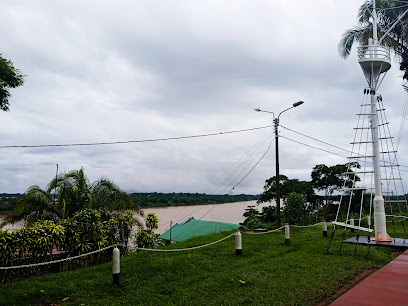
Balneario Natural Boca del Lagarto
Experience the enchanting natural beauty of Balneario Natural Boca del Lagarto, a serene escape in Lanlacuni Bajo, Peru, perfect for relaxation and adventure.
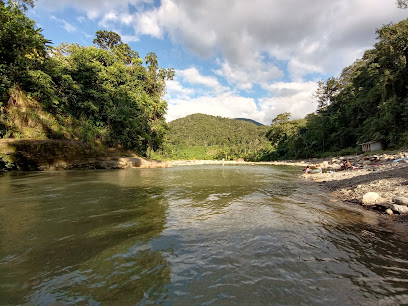
Tres Chimbadas Lodge
Experience the charm of Tres Chimbadas Lodge, a serene eco-lodge on Rio Tambopata, perfect for nature lovers and adventure seekers.
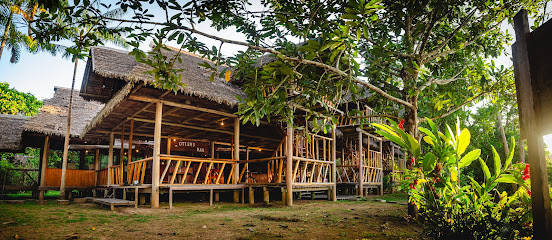
Secret Forest Regenwaldschutzgebiet
Explore the Secret Forest Regenwaldschutzgebiet, a wildlife refuge in Peru offering breathtaking natural beauty and diverse ecosystems, perfect for nature enthusiasts.
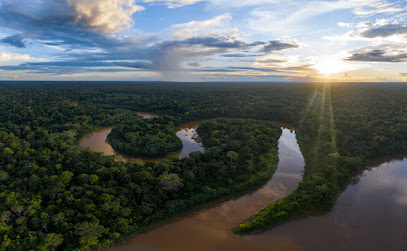
Lago Yacumama
Experience the tranquil beauty of Lago Yacumama, a stunning lake in Las Piedras, offering serene landscapes and a peaceful escape into nature.
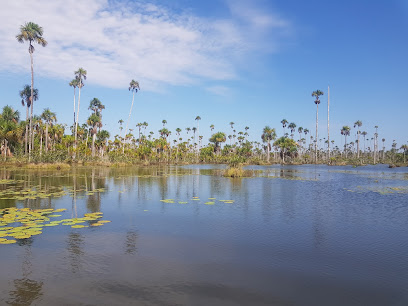
Nueva Esperanza de la Ciudad de Puerto Maldonado - Madre de Dios - Peru Park
Discover the tranquil beauty of Nueva Esperanza Park in Puerto Maldonado, a serene escape into nature's embrace in the heart of Peru's Madre de Dios region.
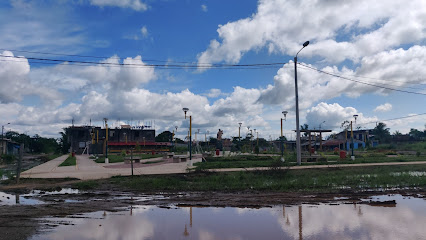
Essential places to dine
MARACUYEAH
Experience the vibrant culinary scene at Maracuyéah, where traditional Peruvian flavors meet innovative gastronomy in Puerto Maldonado.
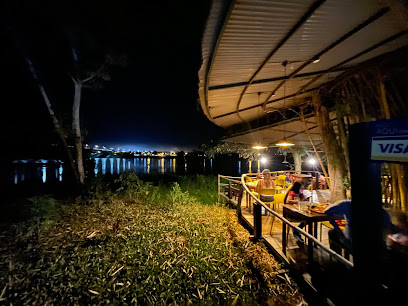
Restaurante MOSHE
Experience authentic Peruvian flavors at Restaurante MOSHE in Puerto Maldonado - a must-visit culinary destination for travelers.

Restaurant Purita Selva
Savor authentic Peruvian cuisine at Restaurant Purita Selva in Puerto Maldonado - where local flavors meet warm hospitality.
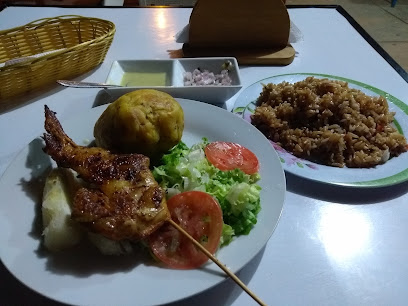
El Tambo
Discover authentic Peruvian flavors at El Tambo - a must-visit restaurant offering traditional dishes in a warm atmosphere.

HUITOTO LAKE LODGE
Savor authentic Peruvian cuisine at Huitoto Lake Lodge while enjoying stunning lakeside views in Tambopata.
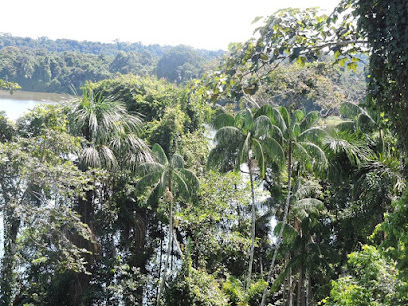
Restaurante LOS PAJARITOS
Savor authentic Peruvian cuisine in a vibrant family-friendly atmosphere at Restaurante Los Pajaritos in Puerto Maldonado.
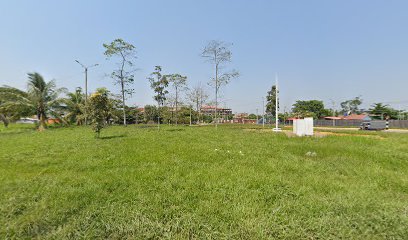
Markets, malls and hidden boutiques
Reserva Nacional Tambopata
Discover the breathtaking biodiversity and stunning landscapes of Reserva Nacional Tambopata, a premier destination for nature enthusiasts in Peru's Amazon.
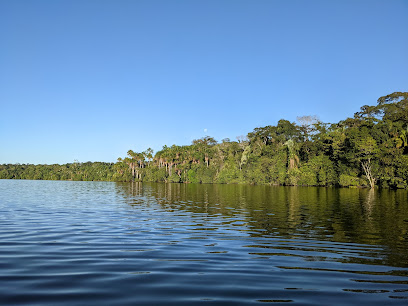
Tambopata
Discover the vibrant flavors of the Amazon at Tambopata, your go-to grocery store for local delicacies and fresh produce in Peru.
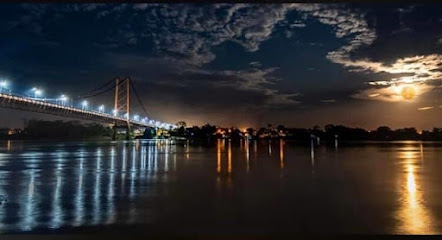
Platanitos Tambopata Av. León Velarde
Discover stylish footwear and unique fashion accessories at Platanitos Tambopata, your go-to shoe store in the heart of Puerto Maldonado.
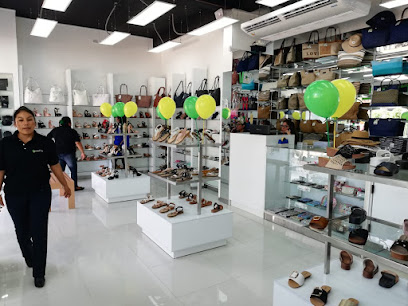
Plaza Verde - Bio tienda Amazónica
Explore Plaza Verde - Bio tienda Amazónica for handcrafted Amazonian crafts, organic products, and sustainable souvenirs in Puerto Maldonado.
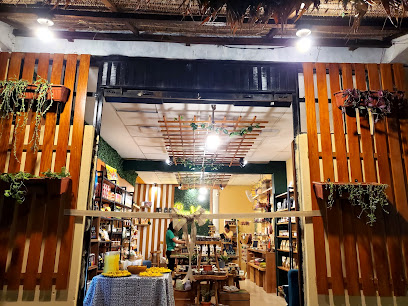
Exclusiva
Discover the vibrant gift shop, Exclusiva in Puerto Maldonado, offering unique perfumes, exquisite watches, and memorable souvenirs for every traveler.

BabyBoo Boutique
Explore BabyBoo Boutique in Puerto Maldonado for unique fashion and local handicrafts, perfect for souvenirs and stylish finds.

Bellaco Store
Explore the vibrant fashion scene at Bellaco Store in Puerto Maldonado, where local culture meets contemporary style for a unique shopping experience.
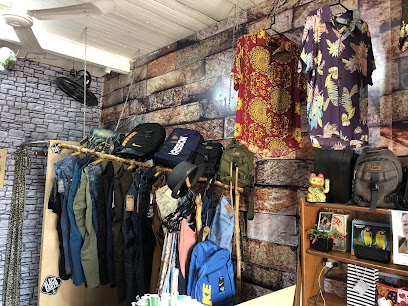
GOTIKA BAZAR
Explore Gotika Bazar in Puerto Maldonado, a charming book store filled with captivating literature and local culture, perfect for any book lover.

Meteora Funko Shop
Explore the vibrant Meteora Funko Shop in Puerto Maldonado for unique collectibles and local treasures that capture the essence of your adventure.
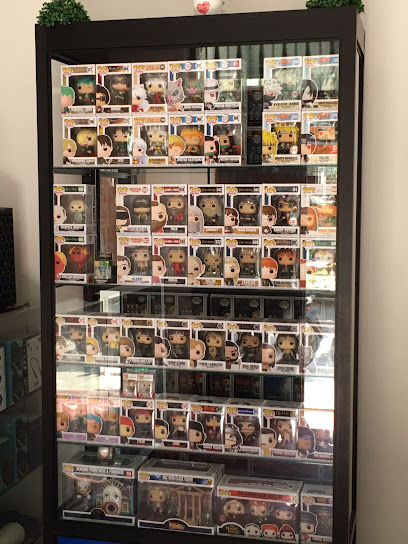
Kayser
Explore Kayser in Puerto Maldonado for stylish and comfortable underwear, perfect for travelers seeking quality intimate apparel.

Fantasias boutique
Explore Fantasias Boutique in Puerto Maldonado for unique clothing reflecting local culture and modern fashion trends.
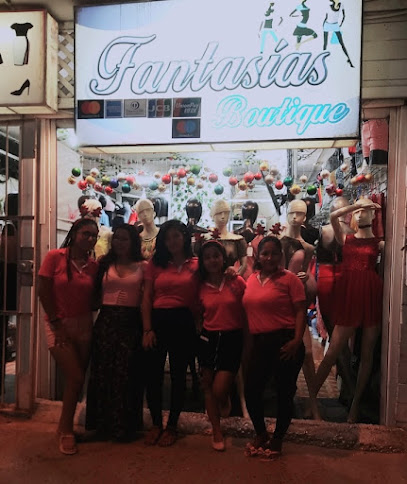
Loveperu
Explore Loveperu: A Gift Shop Showcasing the Best of Peruvian Artistry and Culture in Puerto Maldonado.

Paulian
Explore Paulian, a captivating boutique in Puerto Maldonado, offering unique local crafts and fashion that celebrate the Amazon's rich culture.

Valentina Boutique
Explore the vibrant essence of Peruvian fashion at Valentina Boutique in Puerto Maldonado, a must-visit for unique clothing and local artisan treasures.
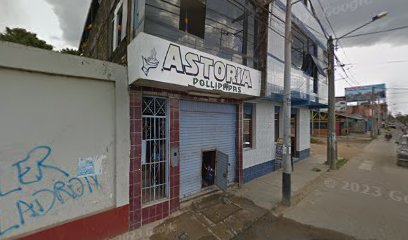
Boutique Coqueta
Discover unique women's fashion at Boutique Coqueta in Puerto Maldonado, blending local culture with contemporary styles for the discerning traveler.
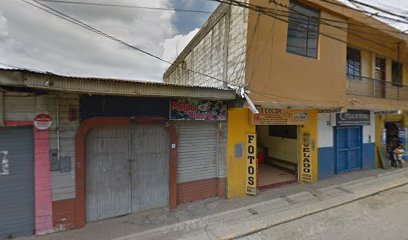
Essential bars & hidden hideouts
Shaman's Bar
Experience the vibrant atmosphere of Shaman's Bar in Puerto Maldonado, where local culture meets refreshing cocktails and delicious cuisine.
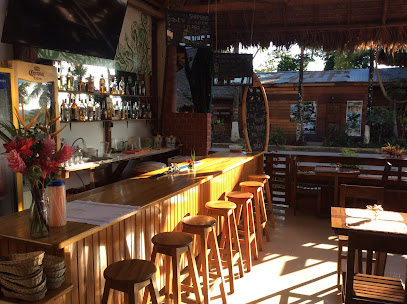
Bamboo Bar Tiki Hut
Experience the ultimate tropical escape at Bamboo Bar Tiki Hut in Puerto Maldonado, featuring exotic cocktails and a vibrant atmosphere.
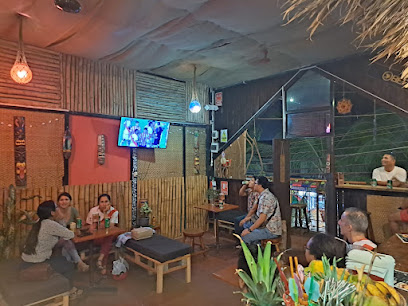
DIZOR RESTOBAR
Experience the vibrant flavors of Peru at Dizor Restobar, a top gastropub in Puerto Maldonado, blending local dishes with a lively atmosphere.
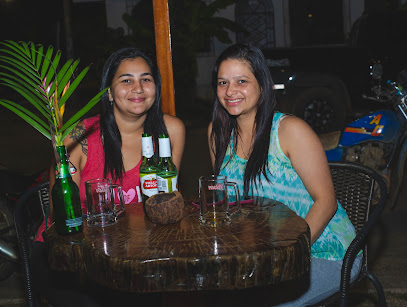
BuenaVista snack&bar
Experience the vibrant flavors of Peru at BuenaVista Snack & Bar, a delightful gastropub in El Triunfo, perfect for every food lover.

CASANOVA BAR
Experience the vibrant flavors of Puerto Maldonado at Casanova Bar, where local culinary delights and a lively atmosphere await.
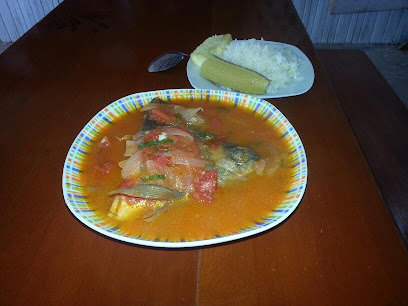
el elixir del brujo
Discover the enchanting El Elixir del Brujo in Puerto Maldonado, where vibrant nightlife meets local culture and exceptional cocktails.
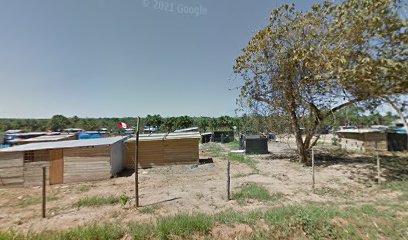
La Esquina
Experience the vibrant nightlife of Puerto Maldonado at La Esquina, a lively bar offering delicious cocktails and a welcoming atmosphere.
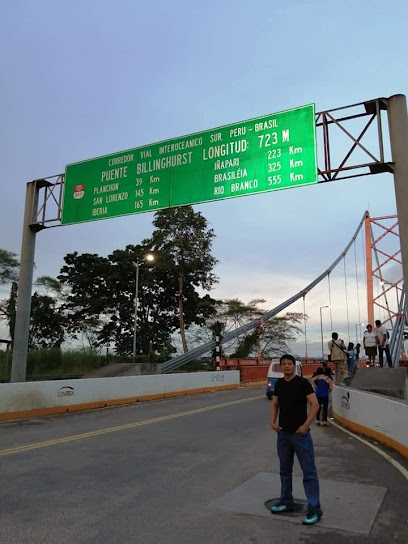
Dragon Rojo Club
Discover the essence of Peruvian cuisine at Dragon Rojo Club, a vibrant gastropub in Puerto Maldonado offering a unique culinary experience.
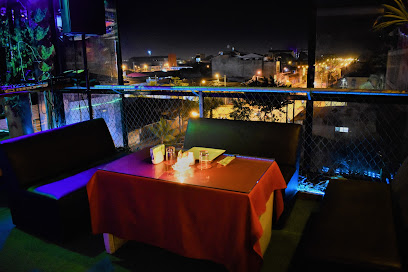
Orlando's
Experience the vibrant nightlife at Orlando's, Puerto Maldonado's go-to bar for refreshing drinks and local culture.
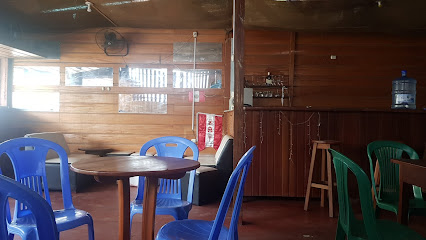
Mr. Barra-Restobar
Discover the lively vibes and local flavors at Mr. Barra-Restobar in Puerto Maldonado, your perfect night out destination.
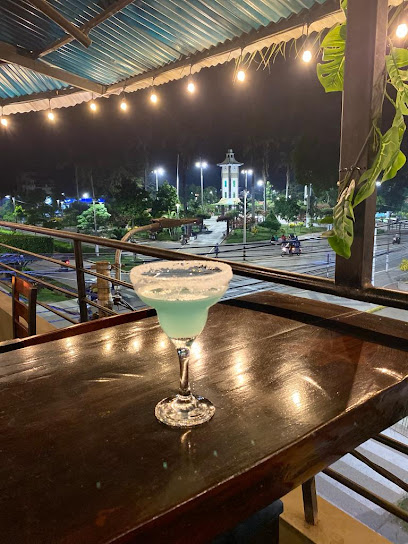
IDI'S BAR
Experience the lively nightlife of Puerto Maldonado at Idi's Bar, where delicious drinks and local charm come together for an unforgettable evening.
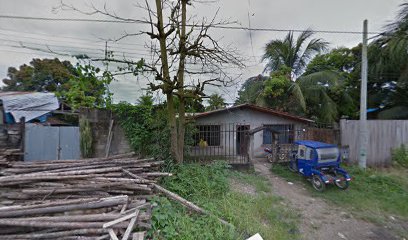
BOHEMIA RESTO PUB
Discover the vibrant nightlife and local flavors at Bohemia Resto Pub in Puerto Maldonado, a must-visit bar for every traveler.
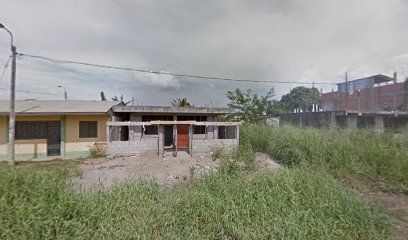
El Guarapo
Discover the vibrant atmosphere of El Guarapo, a cozy bar in Puerto Maldonado offering refreshing drinks and a taste of local culture.
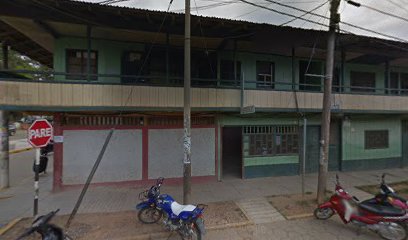
ICE CUBE - Resto Bar
Discover the vibrant flavors of Puerto Maldonado at ICE CUBE, a trendy gastropub offering delicious local dishes and a lively atmosphere.
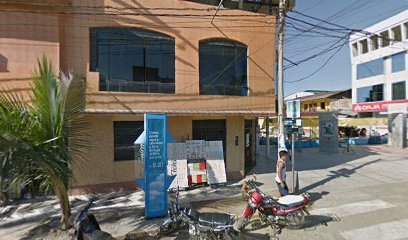
LICORERIA
Experience the lively atmosphere of Licoreria, a premier bar in Puerto Maldonado, where local flavors and vibrant nightlife await you.
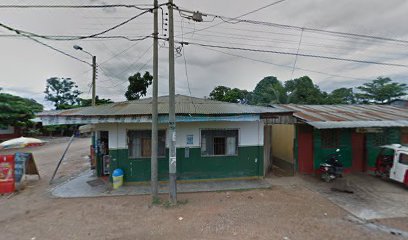
Local Phrases about Tambopata National Reserve
-
- HelloHola
[oh-lah] - GoodbyeChau
[chow] - YesSí
[see] - NoNo
[noh] - Please/You're welcomePor favor/De nada
[por fah-vor/deh nah-dah] - Thank youGracias
[grah-see-ahs] - Excuse me/SorryPerdón
[pehr-dohn] - How are you?¿Cómo estás?
[koh-moh ehs-tahs] - Fine. And you?Bien. ¿Y tú?
[byen. ee too] - Do you speak English?¿Hablas inglés?
[ah-blahs een-glehs] - I don't understandNo entiendo
[noh ehn-tee-ehn-doh]
- HelloHola
-
- I'd like to see the menu, pleaseQuisiera ver el menú, por favor
[kee-see-eh-rah behr ehl meh-noo, por fah-vor] - I don't eat meatNo como carne
[noh koh-moh kahr-neh] - Cheers!¡Salud!
[sah-loohd] - I would like to pay, pleaseQuisiera pagar, por favor
[kee-see-eh-rah pah-gahr, por fah-vor]
- I'd like to see the menu, pleaseQuisiera ver el menú, por favor
-
- Help!¡Ayuda!
[ah-yoo-dah] - Go away!¡Vete!
[veh-teh] - Call the Police!¡Llama a la policía!
[yah-mah ah lah poh-lee-see-ah] - Call a doctor!¡Llama a un médico!
[yah-mah ah oon meh-dee-koh] - I'm lostEstoy perdido/a
[ehs-toy pehr-dee-doh/dah] - I'm illEstoy enfermo/a
[ehs-toy ehn-fehr-moh/dah]
- Help!¡Ayuda!
-
- I'd like to buy...Quisiera comprar...
[kee-see-eh-rah kohm-prahr...] - I'm just lookingSolo estoy mirando
[soh-loh ehs-toy meer-ahn-doh] - How much is it?¿Cuánto cuesta?
[kwan-toh kwehs-tah] - That's too expensiveEs demasiado caro
[ehs deh-mah-syah-doh kah-roh] - Can you lower the price?¿Puedes bajar el precio?
[pweh-dehs bah-hahr ehl pree-eh-soh]
- I'd like to buy...Quisiera comprar...
-
- What time is it?¿Qué hora es?
[keh oh-rah ehs] - It's one o'clockEs la una
[ehs lah oo-nah] - Half past (10)Las diez y media
[lahs dyehs ee meed-yah] - MorningMañana
[mah-nyah-nah] - AfternoonTarde
[tahr-deh] - EveningNoche
[noh-cheh] - YesterdayAyer
[ah-yehr] - TodayHoy
[oy] - TomorrowMañana
[mah-nyah-nah] - 1Uno
[oo-noh] - 2Dos
[dohs] - 3Tres
[trehs] - 4Cuatro
[kwah-troh] - 5Cinco
[seen-koh] - 6Seis
[says] - 7Siete
[syeh-teh] - 8Ocho
[oh-choh] - 9Nueve
[nweh-veh] - 10Diez
[dyehs]
- What time is it?¿Qué hora es?
-
- Where's a/the...?¿Dónde está...?
[dohn-deh ehs-tah] - What's the address?¿Cuál es la dirección?
[kwahl ehs lah dee-rehk-syohn] - Can you show me (on the map)?¿Puedes mostrarme (en el mapa)?
[pweh-dehs mohs-trahr-meh (ehn ehl mah-pah)] - When's the next (bus)?¿Cuándo es el próximo (autobús)?
[kwan-doh ehs ehl prohk-see-moh (ow-toh-boos)] - A ticket (to ....)Un boleto (a ...)
[oon boh-leh-toh (ah ...)]
- Where's a/the...?¿Dónde está...?
History of Tambopata National Reserve
-
Long before the Spanish conquest, the region now known as Tambopata National Reserve was inhabited by indigenous groups. The Ese Eja, an indigenous people, have lived in harmony with the forest for centuries. Their knowledge of the land, its flora, and fauna is unparalleled, and their traditional practices continue to influence the cultural fabric of the region today.
-
In the 16th century, Spanish explorers began to venture into the Amazon basin. However, the dense jungle and resistance from indigenous tribes meant that the Tambopata region remained relatively untouched by European colonization efforts. This isolation helped preserve the region’s rich biodiversity and cultural heritage.
-
During the late 19th and early 20th centuries, the Amazon experienced a rubber boom that brought significant changes to the Tambopata region. Rubber tappers, known as 'seringueiros,' migrated to the area, establishing settlements and exploiting the rubber trees. This period saw both economic growth and the exploitation of indigenous labor.
-
In 1990, recognizing the need to protect the unique biodiversity of the region, the Peruvian government established the Tambopata National Reserve. The reserve encompasses over 1,000 square miles of rainforest and aims to protect the area's diverse ecosystems and indigenous cultures.
-
Today, Tambopata National Reserve is a focal point for conservation efforts. Numerous NGOs and research institutions collaborate with local communities to promote sustainable practices and protect the reserve’s rich biodiversity. Ecotourism has become a vital part of the local economy, providing an incentive to preserve the natural environment.
Tambopata National Reserve Essentials
-
Tambopata National Reserve is located in the Madre de Dios region of southeastern Peru. The nearest city is Puerto Maldonado, which has an airport (Padre Aldamiz International Airport) with regular flights from Lima and Cusco. From Puerto Maldonado, you can reach the reserve by boat via the Tambopata River. Many lodges offer transport services from Puerto Maldonado, typically combining road and river travel.
-
Within Tambopata National Reserve, transportation is primarily by boat. Lodges and tour operators provide guided boat trips along the Tambopata and Madre de Dios rivers to various points of interest. In Puerto Maldonado, taxis and mototaxis (motorcycle taxis) are common and affordable for getting around the city. For those looking to explore more independently, renting a bicycle or motorcycle is also an option.
-
The official currency in Peru is the Peruvian Sol (PEN). Credit cards are accepted in larger establishments in Puerto Maldonado, but it's advisable to carry cash, especially for transactions in smaller shops, markets, and within the reserve. ATMs are available in Puerto Maldonado, but it's wise to withdraw sufficient cash before heading into the reserve, where banking facilities are nonexistent.
-
Tambopata National Reserve is generally safe for tourists, but standard precautions should be taken. Always travel with a guide when exploring the jungle, as the terrain can be challenging and wildlife encounters are possible. In Puerto Maldonado, avoid walking alone at night in poorly lit or unfamiliar areas. Keep an eye on your belongings in crowded places to prevent petty theft.
-
In case of emergency, contact your lodge or tour operator immediately; they are equipped to handle most situations. For serious medical emergencies, you may need to be transported to Puerto Maldonado, where the nearest hospital is located. It is highly recommended to have travel insurance that covers medical evacuation. In Puerto Maldonado, dial 105 for police assistance or 106 for medical emergencies.
-
Fashion: Do wear lightweight, long-sleeved clothing to protect against insects and sun exposure. Avoid bright colors that can attract wildlife. Religion: Do respect local customs and traditions, especially if you visit any indigenous communities. Public Transport: Do use registered taxis and mototaxis in Puerto Maldonado. Don’t accept rides from unregistered vehicles. Greetings: Do greet locals with a friendly 'Buenos días' or 'Buenas tardes'. A handshake is a common form of greeting. Eating & Drinking: Do try local dishes such as 'juane' and 'copaiba'. Don’t drink tap water; always opt for bottled or purified water.
-
To experience Tambopata like a local, visit the local markets in Puerto Maldonado for fresh produce and handmade crafts. Engage with your guides and lodge staff; they often have fascinating stories and insights about the region's wildlife and culture. Participate in a night walk to see nocturnal creatures, a unique and memorable experience. Lastly, respect the natural environment by following the 'leave no trace' principle, ensuring the reserve remains pristine for future visitors.
Nearby Cities to Tambopata National Reserve
-
Things To Do in Puno
-
Things To Do in Machu Picchu
-
Things To Do in Copacabana
-
Things To Do in La Paz
-
Things To Do in Arequipa
-
Things To Do in Ayacucho
-
Things To Do in Tacna
-
Things To Do in Cochabamba
-
Things To Do in Arica
-
Things To Do in Huancayo
-
Things To Do in Ica
-
Things To Do in Sucre
-
Things To Do in Iquique
-
Things To Do in Potosi
-
Things To Do in Lima











